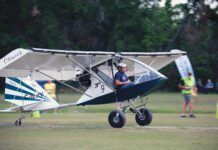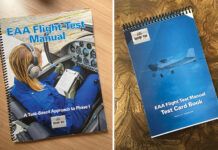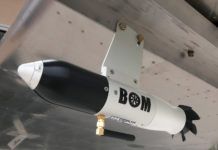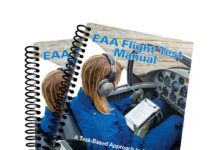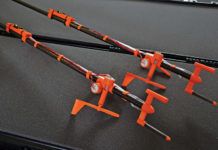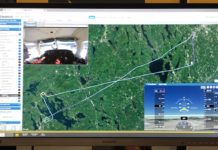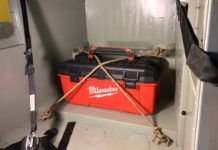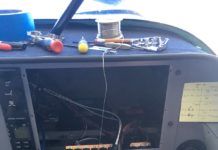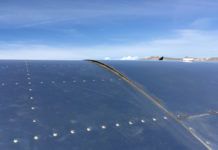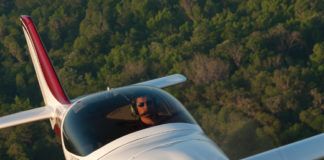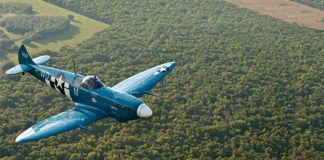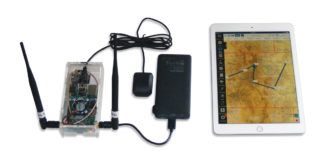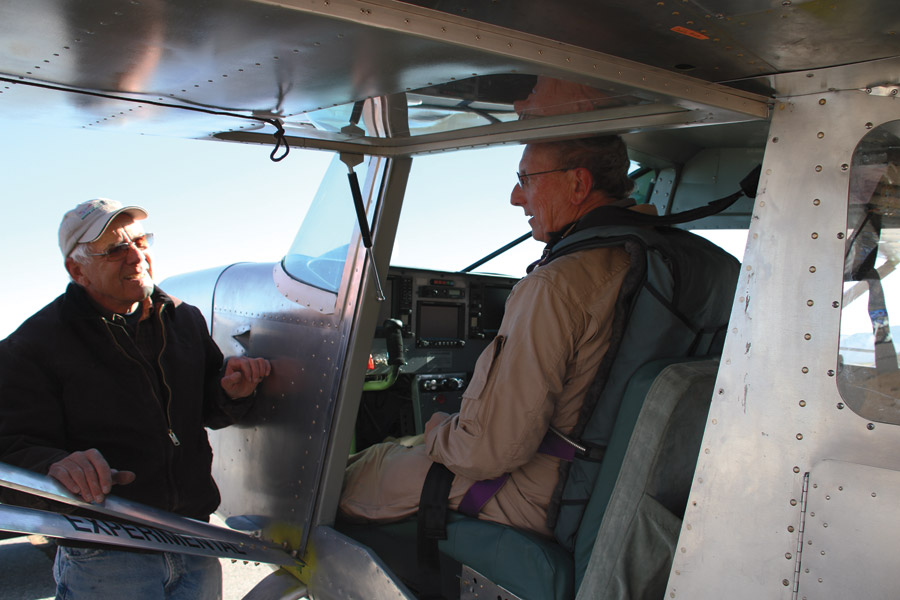
One of the phrases I hate to hear in Experimental aviation is “flying off the 40 hours.” Many builders, armed with their brand-new pink slip, have gathered the impression that the 40-hour Phase I limitation on carrying passengers and going outside a specified geographic area is simply an arbitrary limitation, which gets lifted after the airplane has proven that it will hold together for the specified number of hours. And you know what? I sort of get that, given the maturity of modern kit designs and the multitude of certain models that have been built and proven.
When Cessna rolls a new airplane off of the assembly line, it is turned over to their production test pilots to be given a thorough going over in actual flight. The maneuvers to be performed and items to be checked take somewhere between an hour and two hours of flight time—and that includes checking the radios and other non-flight-critical systems. So why then can’t we check out a simple airplane like an RV in a similar period of time?
Well, to be honest, we can. Take ELSA aircraft for instance; in order for an airplane to qualify as an ELSA (not just an E/A-B that meets LSA standards), there has to be a factory-established test program that must be completed to exit Phase I. In the case of the Van’s RV-12, this takes most people about 5 hours—far less than the 40 required if a person built the same airplane, but put a different engine on the nose and licensed it as E/A-B. But just like in the case of the Cessna, there is a certain amount of configuration control throughout the building process, and Phase I flight testing is designed to prove that the airplane meets the standards of its design, not to test a new design from scratch.
But this simply doesn’t hold true when we transition to the E/A-B category because even when someone claims that they have built the airplane “exactly to plans,” the truth is that, most likely, they haven’t. Very minor variations—sometimes just for cosmetic reasons—can have a huge effect when it comes to the built-in safety of the airframe. Many think that if the airplane looks like a Kitfox, it must be a Kitfox. But there are many changes that people make to fuel systems, engine components, and other seemingly minor details that can affect how the airplane handles and operates. E/A-B airplanes really do need to be flight tested—not just have their hours “flown off.”
The problem for many pilots is that they really don’t know what flight testing entails. Yes, there are books on the subject, and even an advisory circular that looks promising. But the truth is that, beyond the first couple of flights, there is very little in terms of detail. People come into the Phase I arena with all levels of experience—from newly minted private pilots to guys I know that graduated from one of the national test pilot schools and are just beginning to dip their toes into general aviation. What needs to be tested? How does one go about doing it? And what data, exactly, are we looking for when we sign off the airplane as having been tested?
Read the Ops Lims
That last question can be easily answered by reading through your aircraft’s operating limitations. You will be required to add a statement, with your signature, attesting to the fact that you have completed the necessary testing to exit Phase I. Depending on the version of ops lims in effect when your airplane was licensed, it might read something like this:
“I certify that the prescribed flight test hours have been completed and the aircraft is controllable throughout its normal range of speeds and throughout all maneuvers to be executed, has no hazardous characteristics or design features, and is safe for operation. The following aircraft operating data has been demonstrated during the flight testing: speeds Vso ______, Vx ______, and Vy ______, and the weight ______, and CG location ______ at which they were obtained.”
The last part of this paragraph is very clear—you need to specify certain speeds and the weight and CG at which those speeds were obtained. But the first part seems a bit vague—attesting that you have tested the airplane at all edges of the envelope and out into the corners and determined that it is controllable and has no bad habits. Just how does one go about doing that in a structured and low-risk process?
Fortunately, help is on its way in the form of a new flight test program developed by volunteers through the EAA’s Safety Committee.
XP3 Program
Lead by Charlie Precourt, former Space Shuttle Commander and NASA Chief Astronaut, the XP3 program is designed to be a comprehensive—yet easy to understand—flight test program that leads the novice test pilot from first flight to the end of a reasonable Phase I program. It breaks up Phase I into nice little flight-sized chunks and describes the purpose behind each flight, the goals to be achieved, and—most importantly—describes the exact steps you need to go through to come back with the data to satisfy the flight’s goals.
Ed. note: XP3 was the working title for the EAA Flight Test Manual when this article was originally published.
The XP3 program starts with all of the necessary testing to be done before the first flight, and it helps to organize the pilot’s thoughts for that first trip into the air. It includes flight test cards that can be printed out and clipped to the kneeboard to walk you through each step of each flight, including what data to collect, and how to do it. And, just as important, it tells you what to do with the data once you get back on the ground. Designed around a generic single-engine airplane with moderate to good performance, it safely takes you through a complete test program that should gather the necessary data to operate the airplane continuously in Phase II safely and efficiently.
We recently used a draft version of the XP3 program to do the Phase I flight testing of our new Dream Tundra aircraft. There are only about 50 of these kits out in the world, and only about 18 aircraft that have flown—far more than one, but nowhere near the number of RVs that have been tested by thousands of pilots already—so it was a good example to use in running through the XP3 program. We found the test cards to be quite useful and much in line with what we have produced for ourselves in previous programs. There are many arbitrary choices to be made in organizing a test program. For instance, should you do accelerated stall testing before or after cruise performance testing? The truth is, either works, so the decision is somewhat arbitrary—and the nice thing is, the modular nature of the XP3 program allows the flexibility to move things around.
We often launched with two cards on our kneeboard so that if we got in the air and found it too rough to do one type of precision test, we could move on to another item that was less dependent on smooth air. Sometimes we repeated tests after coming back to the ground and determining that the data we had collected was garbage. We often repeated certain parts of specific tests at the beginning or end of flights because we were flying with a new weight or CG—thereby expanding the envelope quickly and efficiently. We got used to doing a quick power-off stall series with different flap settings every time we were in a different corner of the weight/CG box for instance, since a bush plane has a very large weight and CG box.
It is important to recognize that, while the XP3 program is fairly complete from the standpoint of assuring that the airplane is safe and handles normally throughout its operational envelope, there are tests that need to be added by pilots for specific aircraft. Autopilot testing, for instance, is something that many will need to do, but will have to develop test cards for themselves, possibly based on the autopilot manufacturer’s documentation. Complex avionics suites will require calibration and testing of their various modes and functions. Many systems now have angle of attack indicators as part of their primary functions—and these will have specific calibration maneuvers that need to be done, possibly early in the test program.
So overall, we were very happy with the XP3 program, primarily because it adds structure and gives good step-by-step instructions for pilots that have never done a flight test program before. It is a good starting point, but must be used in a flexible manner to make the most efficient use of flight time. An experienced pilot with a good airplane can probably run through the XP3 in less than the 40 hours required to sign the airplane out of Phase I—and it is the goal of the EAA to work with the FAA to make completion of a program such as XP3 sufficient to do the sign-off, thereby freeing the airplane from its Phase I restrictions earlier. That’s the carrot dangling out there to get builders to truly test their airplanes—and not just “fly off the hours.” Not only will the airplane be more thoroughly understood, but the pilot will be more precise and sharper as a result—and where’s the harm in that?

